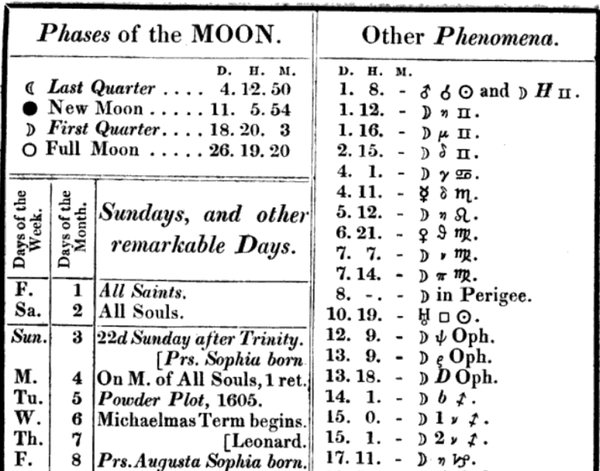♍
Appearance
| Text style | Emoji style | |||||||
|---|---|---|---|---|---|---|---|---|
 |

| |||||||
| ♍︎ | ♍️ | |||||||
| Text style is forced with ⟨︎⟩ and emoji style with ⟨️⟩. | ||||||||
| ||||||||

Translingual
[edit]Alternative forms
[edit]The symbol may have a single hump, rather than two, with the loop crossing the second downward stroke, or have three downward strokes but with the third ending in a tail, like the letter ɱ, without a crossing loop.
Etymology
[edit]Unknown, but it has been suggested that the symbol derives from a letter M for (the Virgin) Mary in the Middle Ages, though the sign had earlier been identified with the goddess Ceres/Demeter. It has also been suggested to be a ligature of Greek παρ (par), for Ancient Greek παρθένος (parthénos, “maiden”).
Symbol
[edit]♍︎
- (astrology) The symbol for the sign Virgo.
- (astronomy, rare) The symbol for the constellation Virgo.
- (rare) August[1]
- (alchemy, archaic) distillation
- Synonym: 🝠
Gallery
[edit]-
A glyph from 1493
-
A glyph from the 1500s
-
A glyph from ca. 1750
-
A glyph from 1840
-
A glyph from 1908
-
Font variant
-
The symbol on a background colored as Mercury, the ruling planet
-
Coin with symbol and icon
See also
[edit]| Zodiac signs (translingual) (layout · text) | |||||||||||
|---|---|---|---|---|---|---|---|---|---|---|---|
| Ariēs | Taurus | Geminī | Cancer | ||||||||
| Leō | Virgō | Lībra | Scorpiō | ||||||||
| Sagittārius | Capricornus | Aquārius | Piscēs | ||||||||
References
[edit]- ^ Rudolf Koch (1955 [1930]) The Book of Signs. Dover, p. 55









